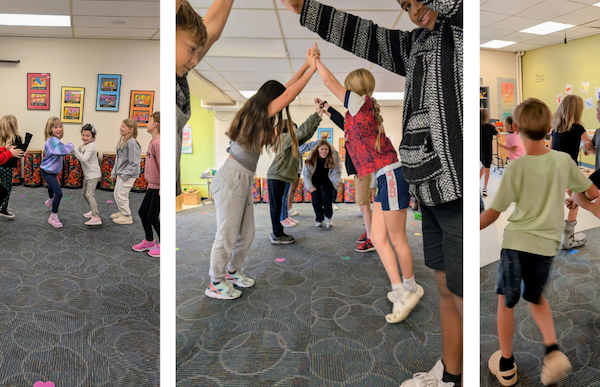
Choosing a Tutor
September 20, 2017
Preparing for Your Child’s Fall Conference
October 4, 2017
Time is an abstract concept. The meaning of words like “yesterday, today and tomorrow” can be elusive for some children. Students with a learning disability may struggle with naming the days of the week or months of the year in order.
As adults, we know that 20 minutes in the dentist’s office seems to pass more slowly than 20 minutes chatting with a friend. We know 20 minutes is the same no matter the activity – it just doesn’t feel the same! Many children struggle to make that same connection.
The secret is to make time “real” for your child. For children struggling to name and sequence days and months or to appreciate the passing of time, here are some suggestions:
Timers can make time “real” for a student. Timers provide a visual anchor when 15 minutes of reading seems a lot longer than 15 minutes with a video game. A visual timer should work well for this purpose. An old-fashioned kitchen timer with a dial that counts down to zero, or a visual timer that shows a decreasing amount of red as it counts down to zero would be helpful. (Time Timer). You can set the timer for the 20 minutes until dinner, for the 15 minutes of reading or for the 30 minutes of media that was earned for doing homework. The student has a visual, clearly showing that 20 minutes is more time than 15 minutes, for example.
Hang up an old-fashioned monthly calendar. Every morning, point to the date and say, “Today is Tuesday, September 26.” Mention an activity for that day such as, “On Tuesday, today, you have soccer practice at 5 p.m.” Then point to September 25 and say, “Yesterday was Monday, September 25, what did you do yesterday?” Then point to September 27 and say, “Tomorrow is Wednesday, September 27. Tomorrow you are going to Grandma’s house after school.”
There are always highly anticipated dates such as a day off from school, a birthday party or a vacation. You are likely asked daily about when these will happen. Put a star on the exciting date. In the evening, your child can cross off today’s date and can count how many days until you get to the star. When she asks how much longer until we go on vacation, direct her to the calendar and have her tell you the answer!

For the older student, projects can be broken down into parts on a monthly calendar, in a planner or both. Dates for tests can be noted on a calendar. The student can see and count how many days until the project is due or until the spelling test happens.
The entire family can benefit from a large monthly calendar to track activities. The student can easily see who has a tournament on the weekend, who has a sleepover or when is the Science Fair. And adults can more easily track what their children have committed them to do!
Blogger Mary Ann Mulcahey, PhD, shares her expertise in assessment and diagnosis of learning disabilities and ADHD, and the social/emotional adjustment to those issues. If you have questions, please contact Mary Ann at .



